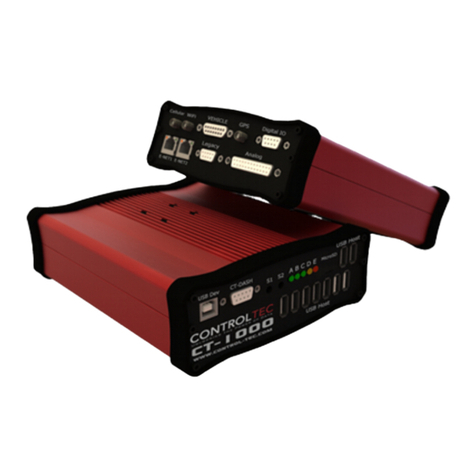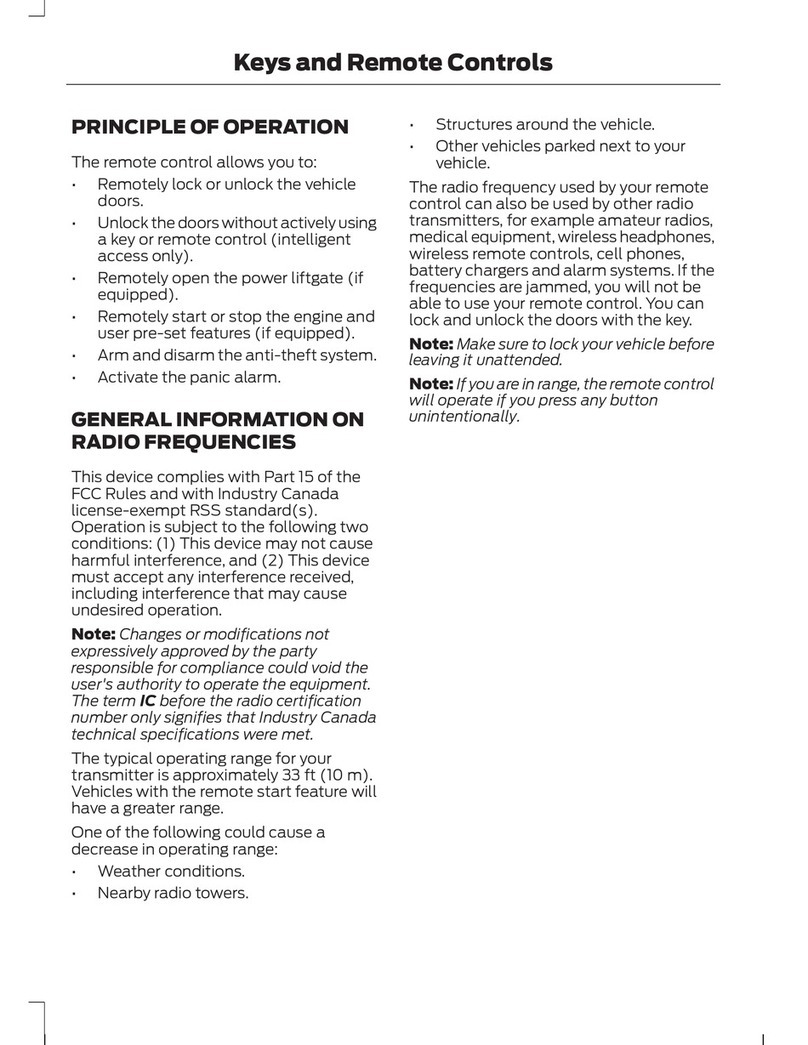
User Manual – Electric Vehicle Charging Equipment IC-CPD
7
Version 1.0 / 1906
Version 1.0 / 1906
• Do not perform any modifications or
repair tasks to electrical components
and do not open the device
• Do not touch the contacts on the
vehicle charging inlet and the IC-CPD
charging equipment
• Keep sockets, plug connection and
the IC-CPD charging equipment free
of moisture, water, snow, ice and other
liquids. Never immerse in water
• Disconnect the IC-CPD charging
device from the socket during a
thunderstorm
• Do not insert any objects in the
vehicle charging inlet or in the
IC-CPD charging equipment
• Clean the IC-CPD charging
equipment only if the control unit is
completely disconnected from the
power grid and from the vehicle. Use
a dry cloth for cleaning
• The IC-CPD charging equipment
should not be operated by persons
under the influence of drugs, alcohol
or medications
• The IC-CPD charging equipment
should not be operated by persons
who are not familiar with its use or
who have not read the User Manual
• Keep the IC-CPD charging equipment
away from persons with disabilities
and children who cannot assess the
hazards involved with its handling
• While performing an unattended
charging process unauthorized
persons (e.g. playing children) should
not have access to the IC-CPD
charging equipment
In order to determine whether the
vehicle is equipped with a charging
inlet, please refer to the vehicle manual.
Components of the IC-CPD charging
equipment can cause sparks and ignite
flammable or explosive vapors.
• During charging ensure that the
control box is located at least 20
inches (50 cm) above ground
to reduce the risk of explosions,
particularly in garages
• Do not use the charging and control
device in potentially explosive
ambients
• This device is intended only for
charging vehicles, which do not
require ventilation during the
charging process
4. Safety instructions WARNING
Explosion or fire hazards





























